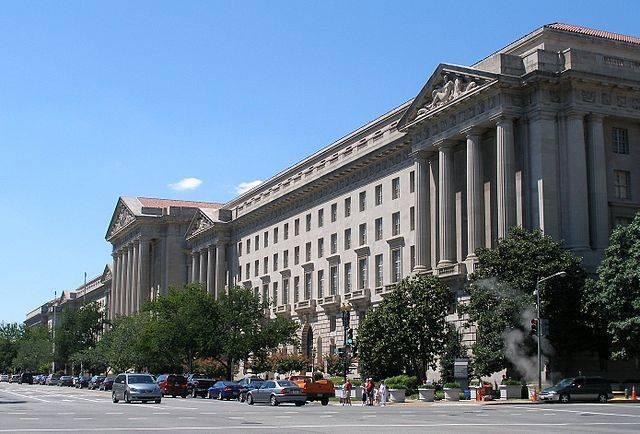
In what should come as no surprise, the Donald Trump administration is close to eliminating the Clean Power Plan, which launched two years ago.
As E&E News and other environmental news sites reported, Trump is expected to sign an executive order next week that would direct the Department of Justice to cease its legal defense of the plan in the U.S. Court of Appeals for the District of Columbia Circuit.
Shortly after former President Barack Obama inked the plan, 26 state attorneys general filed suits in opposition. The Justice Department was tasked with defending the plan in court. Stalling the litigation would essentially “freeze” the case, E&E reported.
Most legal experts agree that the result would bar appellate judges from issuing a decision on the plan, which was expected this spring. But if other states or NGOs keep defending the rule, the Trump White House would need to take further action in order to scuttle the plan, posits E&E reporter Evan Lehmann.
The goal of the Clean Power Plan is to set a limit on carbon dioxide emissions from power plants. The idea is that by setting ambitious standards for CO2 emissions, utilities would seek cleaner sources of energy, including renewables. Each U.S. state was tasked with adopting its own clean energy plan, or following one devised by the EPA -- which resulted in those two dozen states filing suit against the federal government. (One state, North Carolina, which narrowly elected a Democratic governor, dropped its litigation yesterday.)
The Obama administration said the results would range from an improvement in public health to lower utility prices for consumers in the long run. Many environmental groups, along with hundreds of large corporations including eBay, General Mills and Nestlé, supported the plan. Other business interests, including the U.S. Chamber of Commerce, objected to what they claimed were excessive costs and the threatened loss of jobs in the energy industry.
The problem with the anticipated executive order, however, is that previous litigation drove the EPA to respond to a Supreme Court inquiry by deciding that, based on scientific evidence, carbon emissions were a risk to human health. Hence the agency was required to develop tighter emissions standards, which led to the Clean Power Plan.
As with any laws passed by Congress, the legislation only provides a framework. It is then up to a government agency to craft the regulations in order for those laws to have teeth (and prevent the federal government from being sued, which, in fairness, often happens anyway). Hence the White House would either have to propose a rule with no teeth, or find another way to dismantle the plan completely.
This latest chess move by the Trump administration marks another step in what critics have described as a “war on science.” Earlier this week, the EPA’s Office of Science and Technology removed any words related to science from its mission statement. References to the 2015 Paris climate talks were also largely scrubbed from the EPA’s site, though a few news releases announcing U.S. participation could still be found as of press time.
The Trump administration's overarching goal, explains Emily Atkin of the New Republic, is to muffle -- or outright stop -- the EPA’s work related to carbon emissions and their role in increasing climate change risks.
In the end, dismantling much of the EPA’s mandate will boost Trump’s promise to revive the coal industry and manufacturing jobs, which critics say were demolished by the former president’s policies. But the statistics show that manufacturing has surged following its near collapse during the 2008-2009 fiscal crises, and coal is on its last legs largely because of the changing economics of the U.S. energy industry.
Projections suggest that coal jobs will continue to decline in raw numbers, and other political leaders have realized that the industry is fading and banks are increasingly loathe to finance new coal mining projects. And although this siege on the Clean Power Plan may be successful, it's unlikely to curb those market shifts.
Image credit: Coolcaesar/Wiki Commons

Leon Kaye has written for 3p since 2010 and become executive editor in 2018. His previous work includes writing for the Guardian as well as other online and print publications. In addition, he's worked in sales executive roles within technology and financial research companies, as well as for a public relations firm, for which he consulted with one of the globe’s leading sustainability initiatives. Currently living in Central California, he’s traveled to 70-plus countries and has lived and worked in South Korea, the United Arab Emirates and Uruguay.
Leon’s an alum of Fresno State, the University of Maryland, Baltimore County and the University of Southern California's Marshall Business School. He enjoys traveling abroad as well as exploring California’s Central Coast and the Sierra Nevadas.














